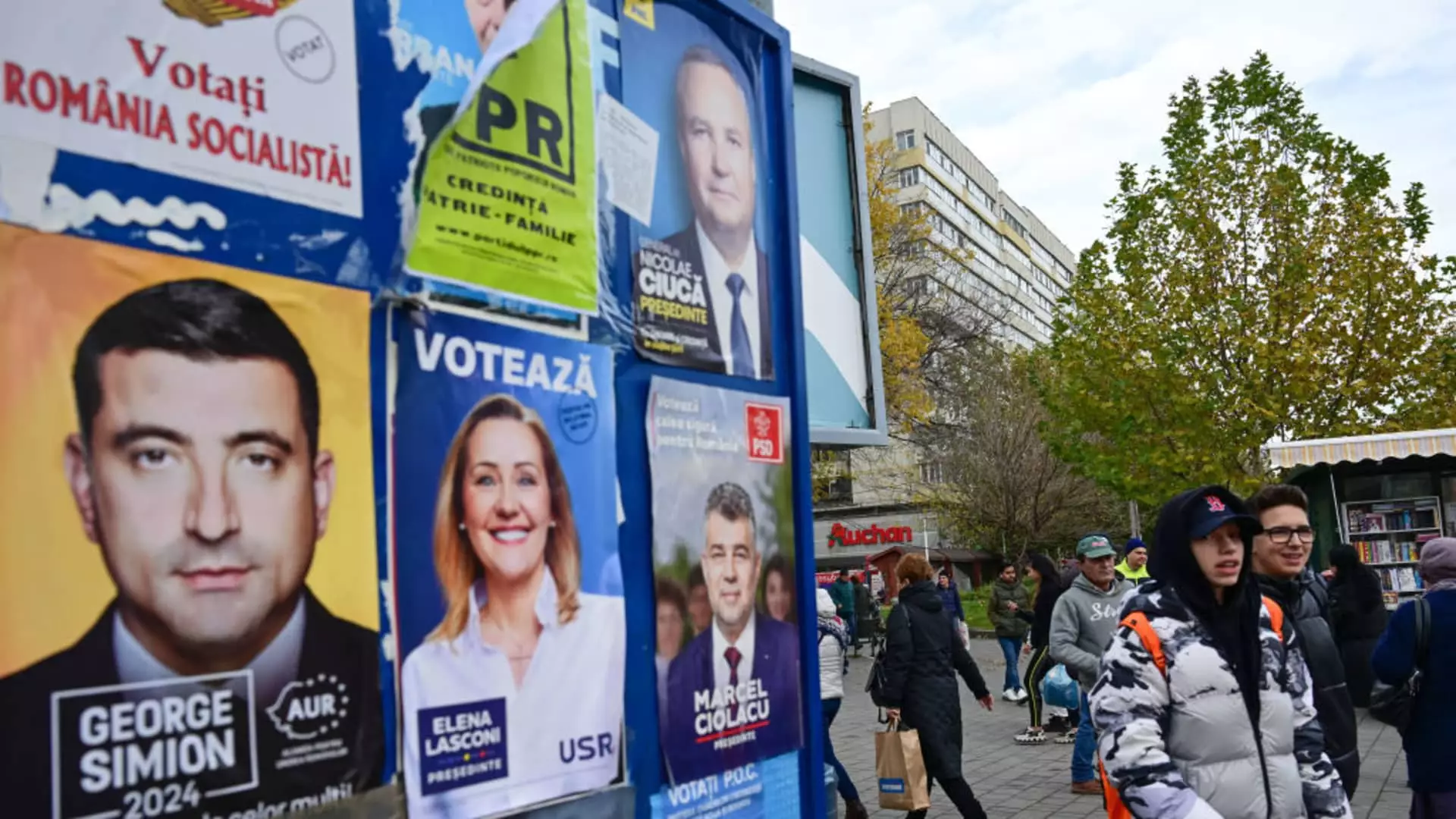Romania’s recent presidential election has left the political landscape in disarray, with unexpected results reshaping the future of governance in the country. Independent candidate Calin Georgescu garnered 22.94% of the vote, defying pre-election predictions that cast him as a fringe player with little chance of success. The election’s surprising outcomes signal a growing sentiment toward far-right policies and a potential realignment of Romania’s political affiliations. Pro-NATO candidate Elena Lasconi follows closely behind, receiving 19.17% of the vote, setting the stage for a competitive runoff scheduled for December 8.
One of the most significant aspects of this election is the Social Democratic Party (PSD)’s struggle, as its leader Marcel Ciolacu narrowly missed a place in the second round with a mere 19.16%. This marks a dramatic departure for the PSD, highlighting a historical moment as they failed to secure a spot in the runoff for the first time since 1989. The weakened performance of mainstream parties reflects a broader disenchantment among the electorate, prompting voters to explore alternative candidates outside traditional political lines.
The placement of far-right candidates has further complicated the political narrative, with George Simion from the Alliance for Uniting Romanians (AUR) coming in fourth with 13.87%. Both Georgescu and Simion advocate policies that resonate with nationalistic sentiments, particularly regarding Romania’s stance on military support for Ukraine, playing into a rising tide of ultranationalism. Such sentiments mirror a global trend where political dissatisfaction has pushed voters towards heightened nationalist ideologies.
Georgescu’s unexpected rise can be attributed in part to his effective use of social media, especially TikTok, as a campaign platform. Unlike traditional political campaigning, which often relies on mainstream media, this innovative approach has successfully engaged younger audiences. This demographic shift in strategy could be vital in understanding the electoral success of far-right candidates, suggesting that future campaigns may increasingly adopt digital-first strategies to connect with voters directly.
On the other hand, Lasconi’s candidacy represents a more progressive alternative, advocating for EU cohesion, NATO support, and a reformist agenda focusing on anti-corruption and administrative improvements. Interestingly, she stands out as the only leading candidate in favor of civil unions for same-sex couples, although she remains opposed to full same-sex marriage. This blend of progressive and conservative policies places her in a unique position as she attempts to attract both moderate voters and those disillusioned with the far-right agenda.
The voter turnout of 52.55% reveals a population engaged enough to influence significant political change, yet indicative of persisting apathy in overall participation. The coming weeks will be crucial as campaigns intensify ahead of the runoff election. The implications of this election extend beyond Romanian borders, potentially threatening the coherence of pro-EU narratives in Eastern Europe amidst rising nationalism.
As Romania stands at a political crossroads, the outcome of the December runoff will not only seal the fate of the two leading candidates but will also redefine Romania’s position within Europe and its stance on key issues such as NATO membership and relations with neighboring countries. The results reflect a palpable yearning for change, and only time will tell if this is a fleeting moment or the beginning of a profound transformation in Romanian politics.

